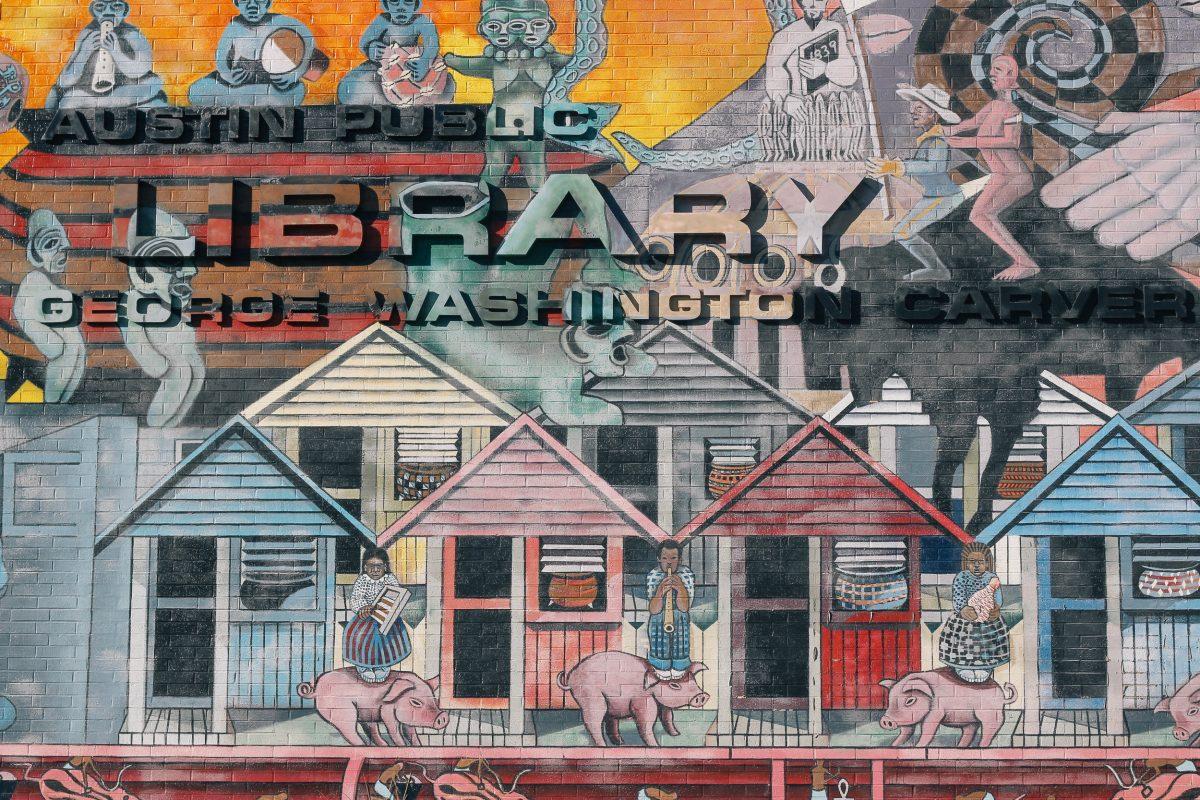Editor’s Note: This story appeared in the December 2015 ORANGE Issue IV.
The process of gentrification doesn’t just take a toll on the economic aspect of the city, it silences the unique identity that people of color have created for themselves.
Story and photos by Mia Uhunmwuangho and Emily Nash
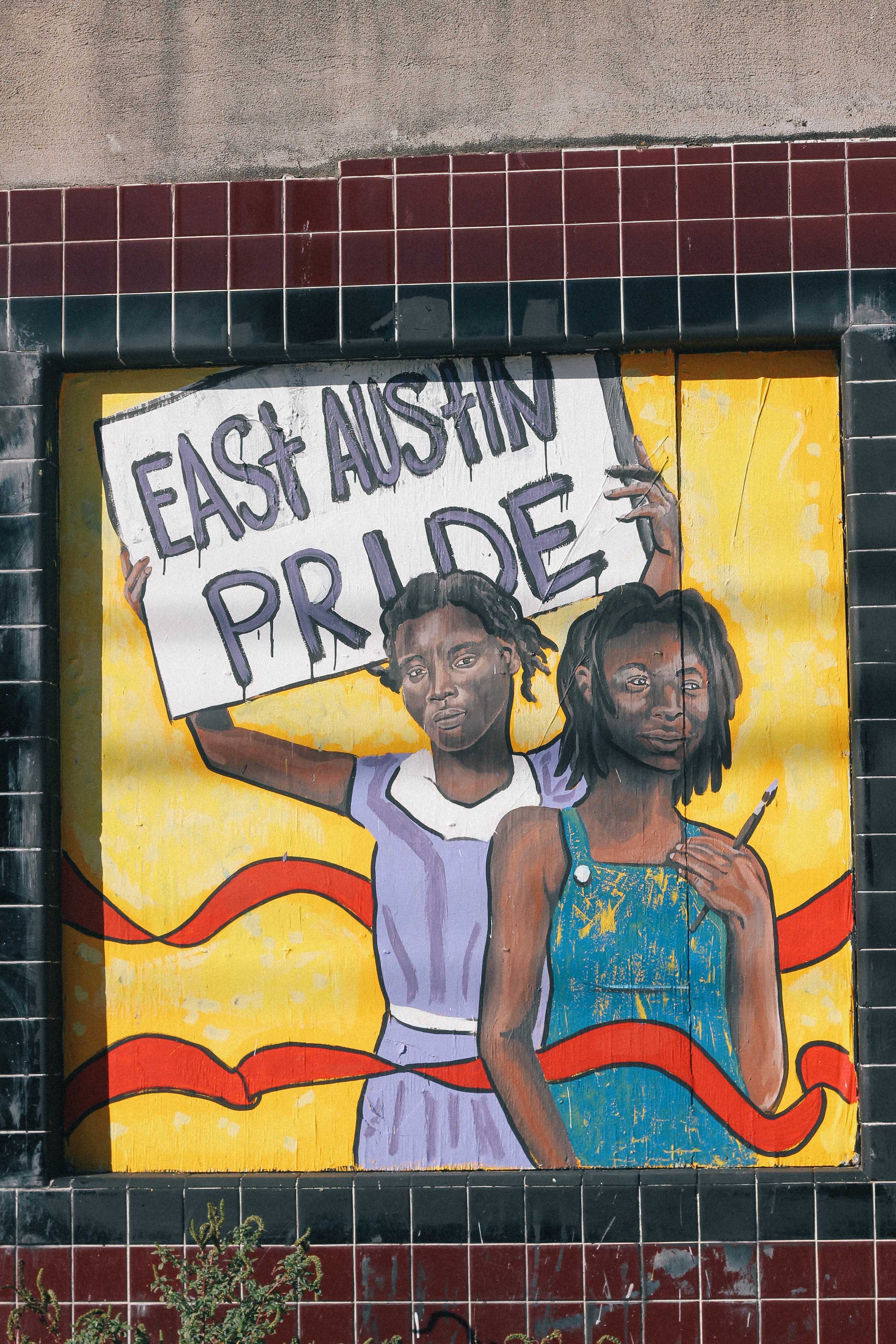
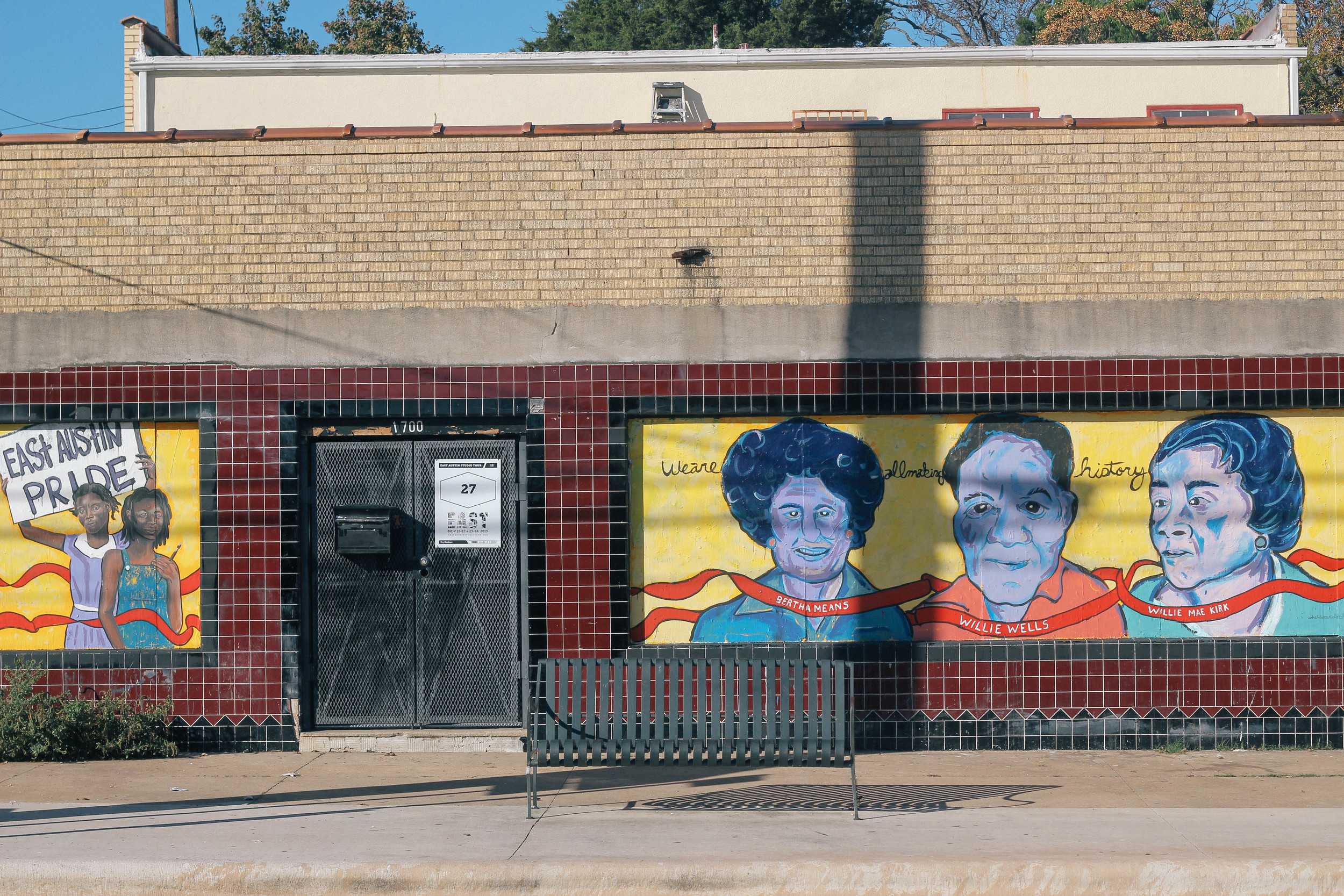
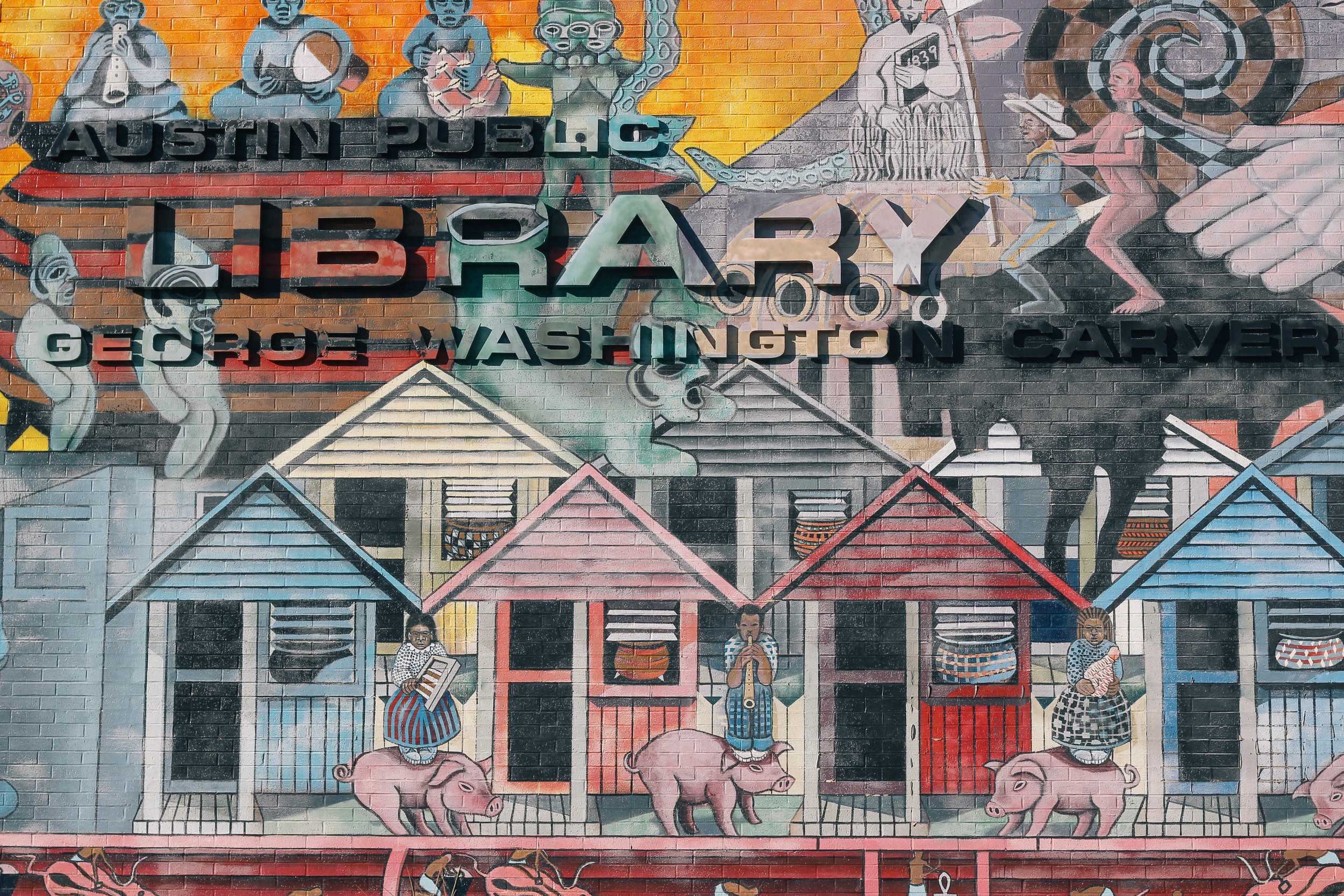
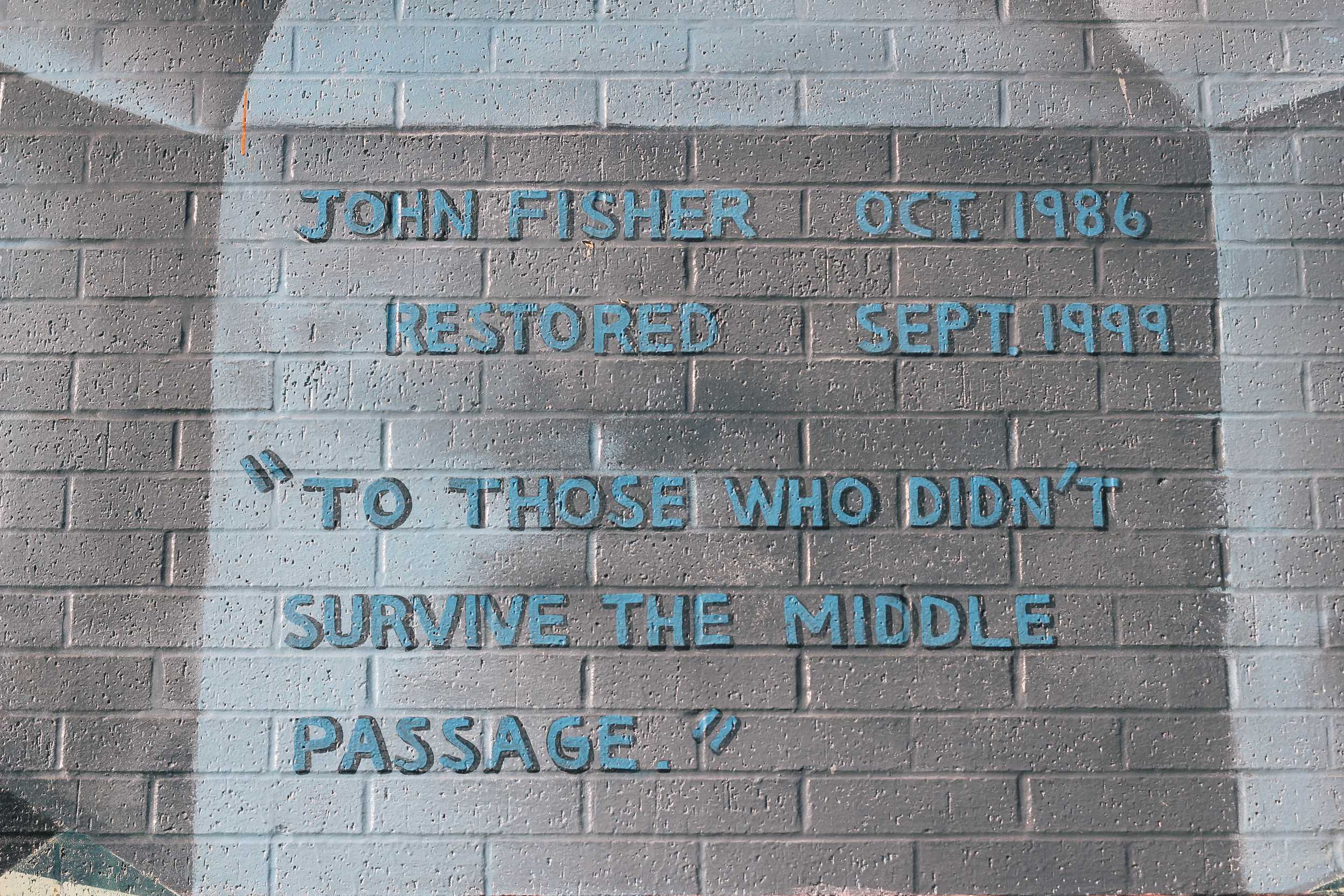
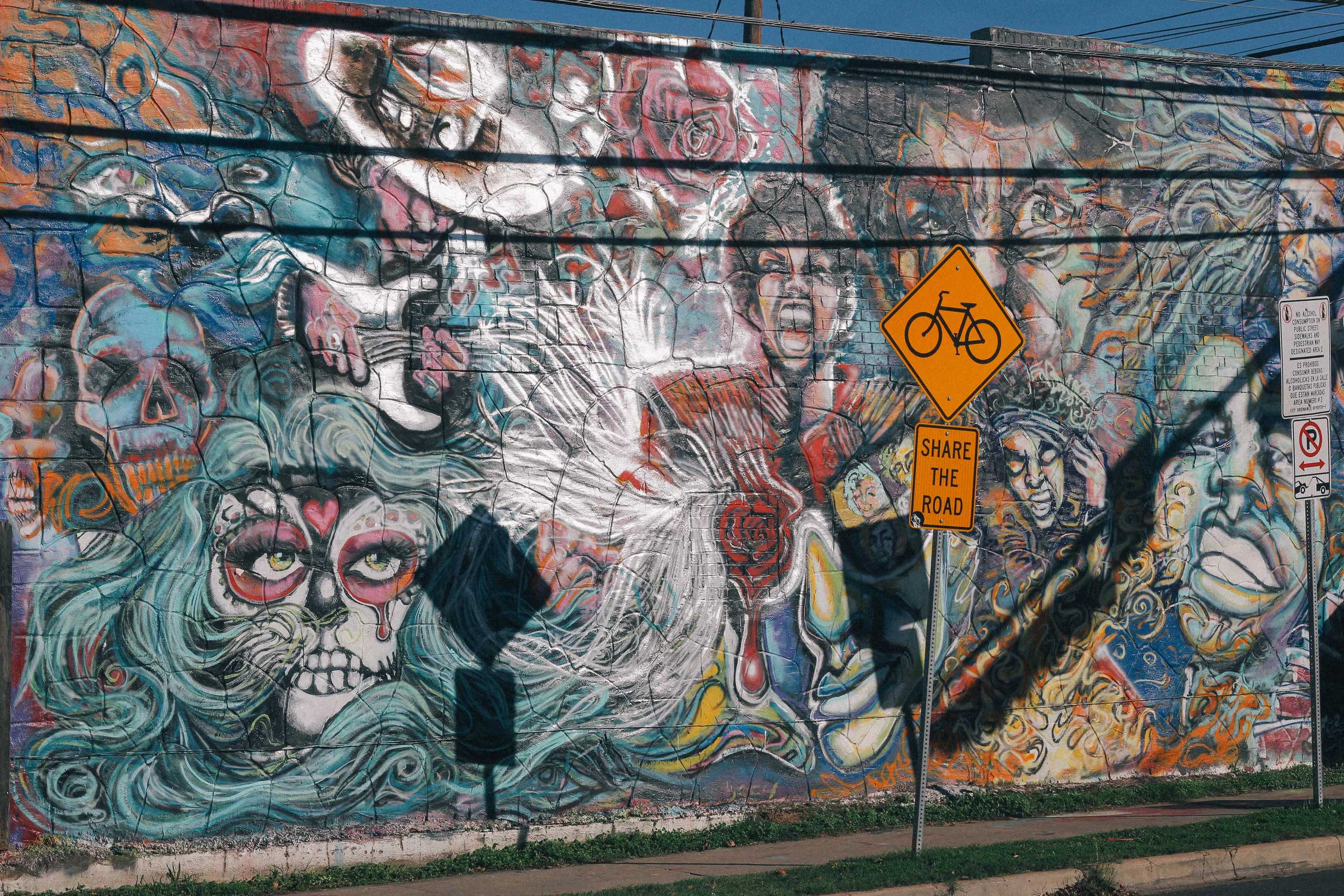
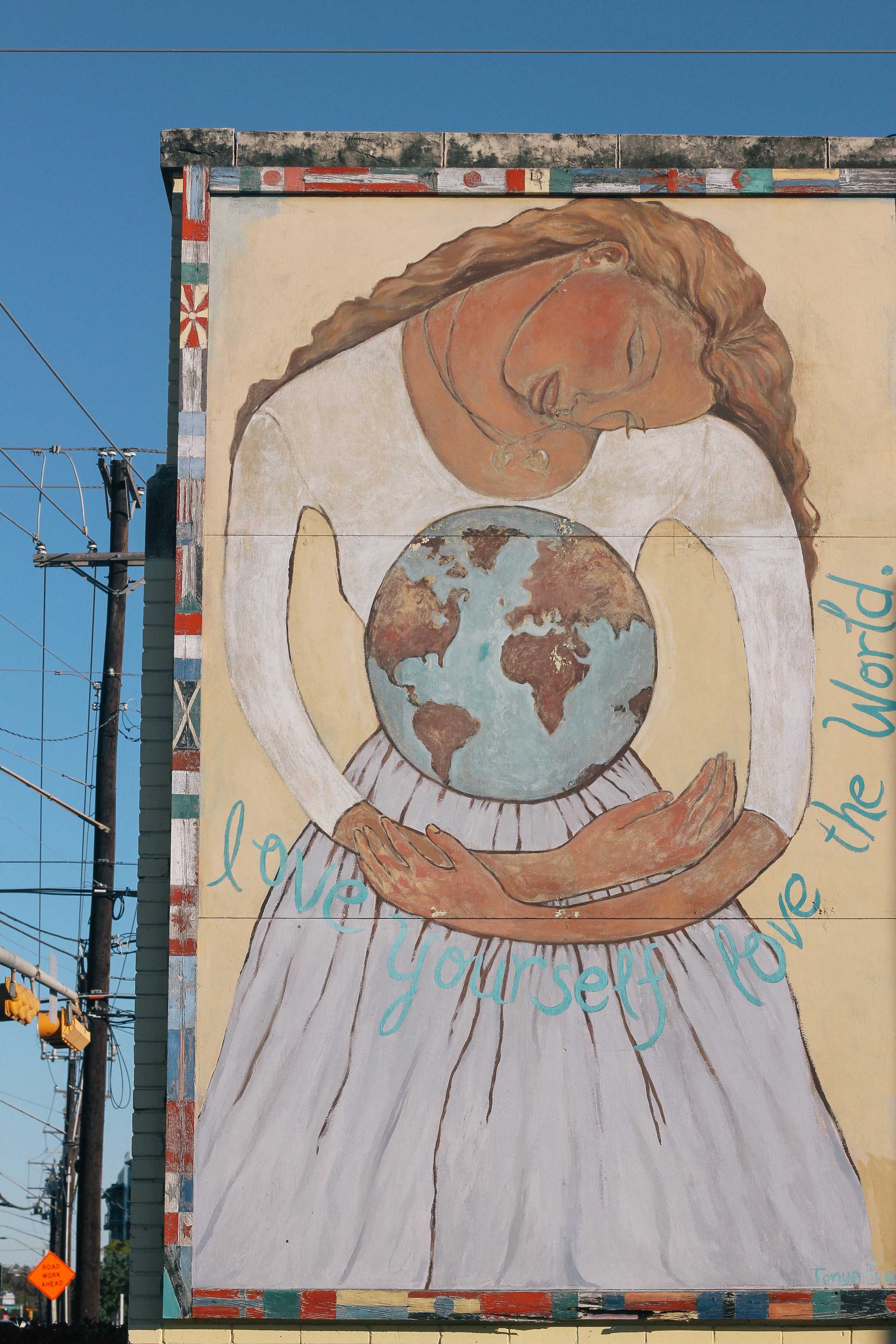
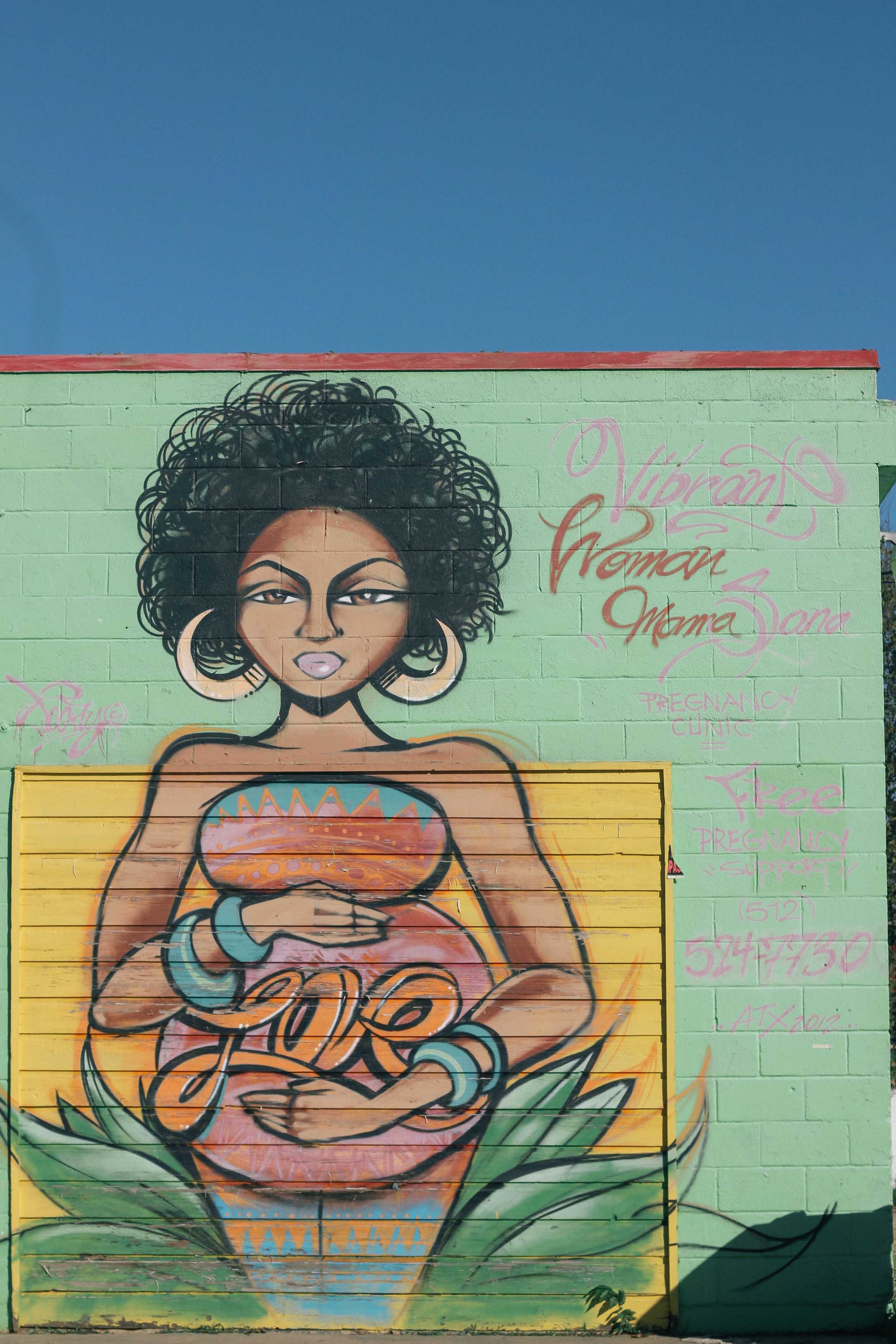
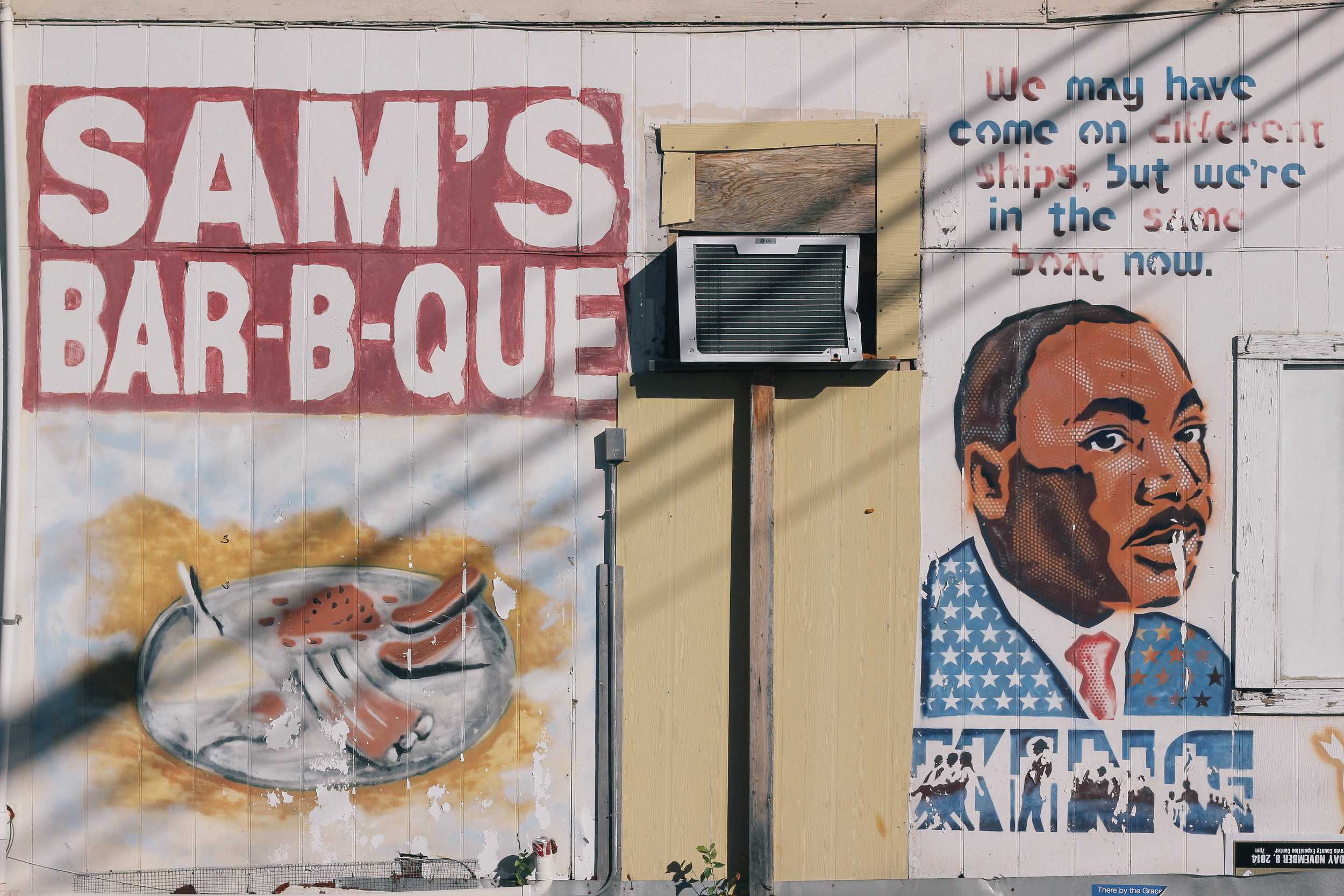
The east side of Interstate Highway 35 has roots that stem from the 19th century, when the land was offered to newly freed black slaves. The area was designated as the “Negro District,” and black people were prohibited from buying houses in any other part of the town. When integration happened in the 1960s, other racial minorities moved in, creating a distinct and vibrant community. The community thrived until the early 2000s when population in the city began to increase, and people looked to East Austin to supply their affordable housing and business needs.
Since then, East Austin has become an array of new residential spaces, restaurants, offices and businesses that marginalize the original groups who inhabited the area. Minority-owned businesses are being forced out of their leases, and the price of public housing is increasing. The process of gentrification doesn’t just take a toll on the economic aspect of the city, it silences the unique identity that people of color have created for themselves.
But if you look closely enough, the identity can still be seen in the corners and crevices of east Austin in the form of street art. Each picture captures a culture and persona of people of color who refused to be moved. The street art shines as a testament to the community’s resilience.































